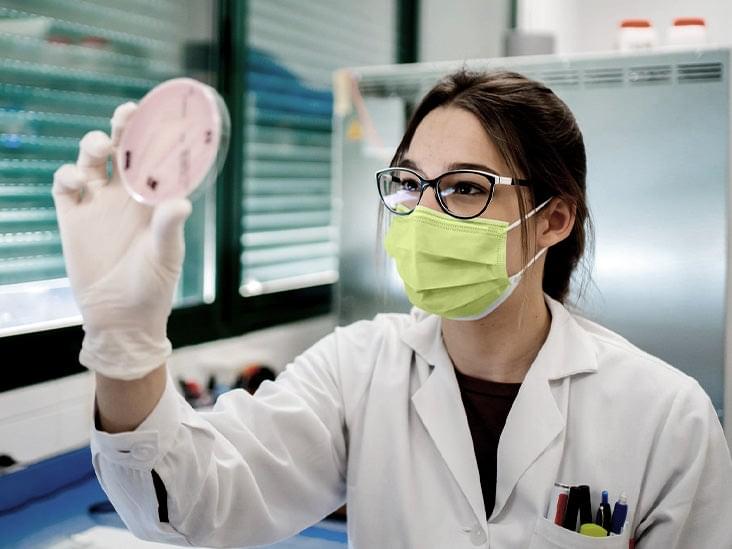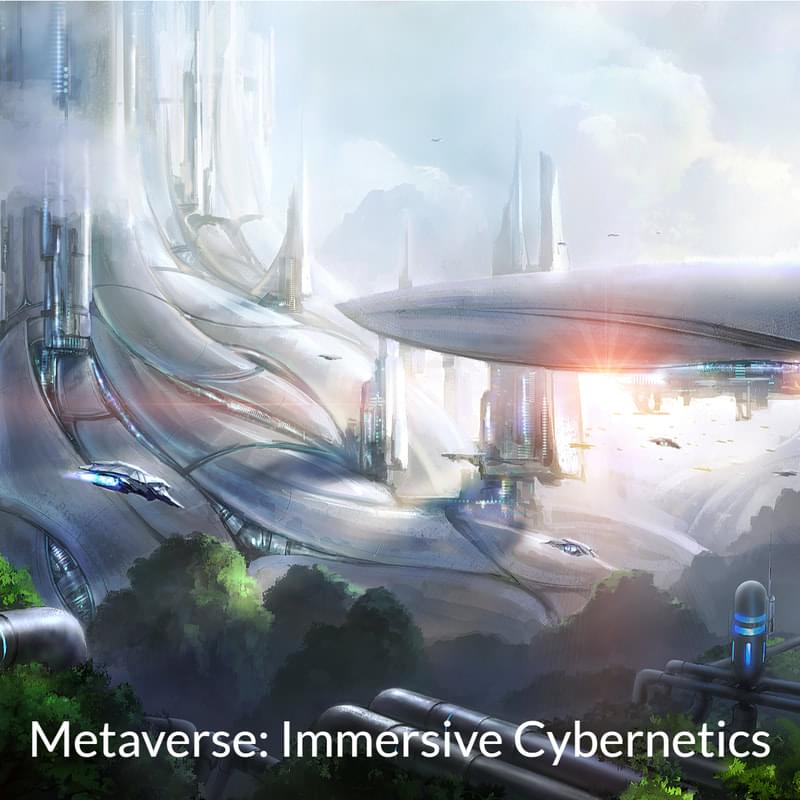The European Space Agency (ESA) has just released the first full-color images captured by its groundbreaking Euclid space telescope. These stunning images are part of the mission’s Early Release Observations, which showcase the telescope’s ability to capture razor-sharp astronomical views across a vast expanse of the sky.
Unlike any telescope before it, Euclid is able to capture high-resolution images of the cosmos, revealing cosmic secrets waiting to be uncovered. These captivating images provide a glimpse into the vastness and beauty of our universe.
Euclid’s main objective is to create the most comprehensive 3D map of the universe ever recorded. Over its six-year mission, the telescope will generate an immense amount of data, equivalent to a million DVDs. This massive amount of data will be crucial in unraveling the mysteries surrounding dark matter and dark energy.








